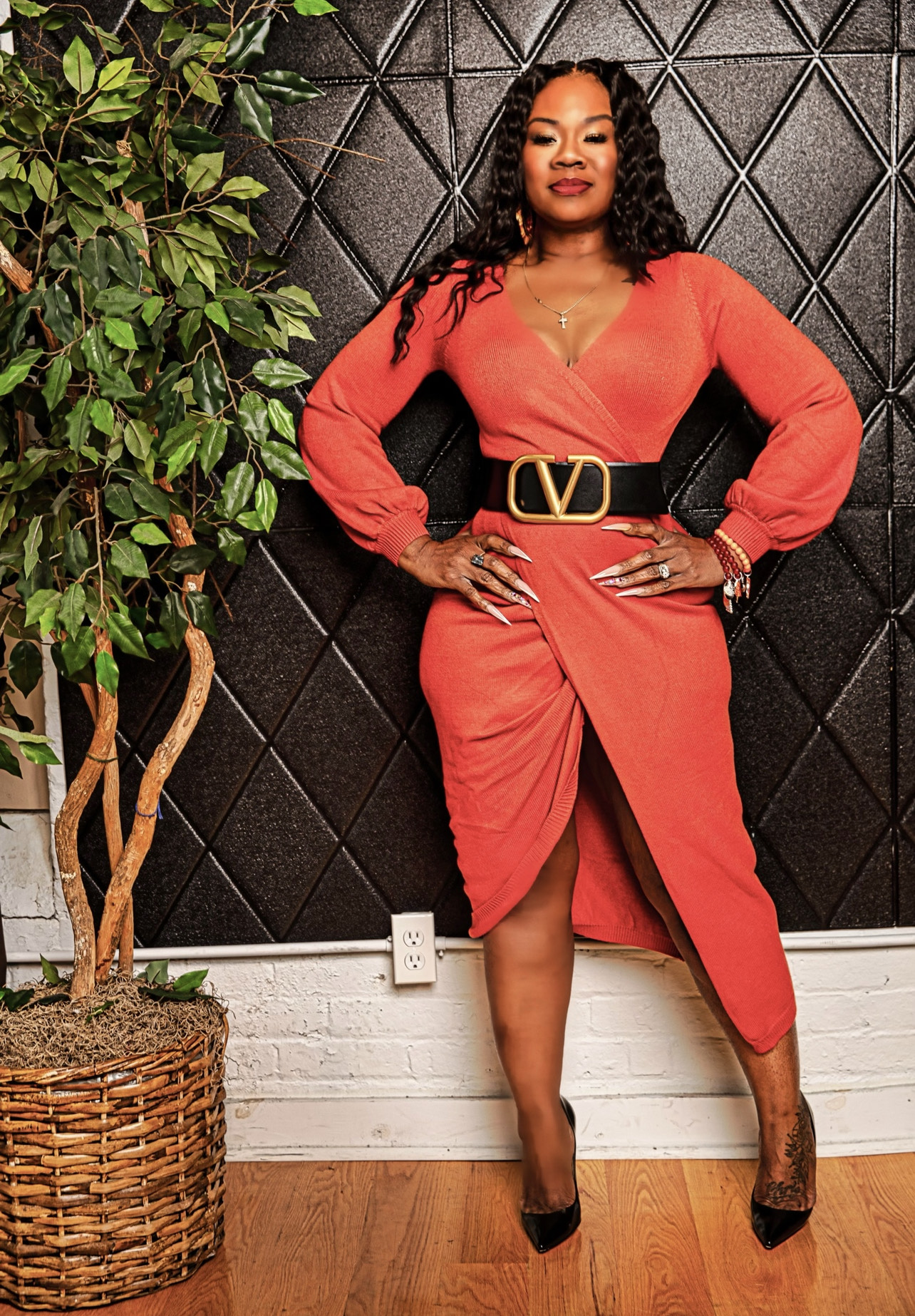Why Do Thrift Stores Smell? – Causes & Solutions
Have you ever wondered why do thrift stores smell? That unique aroma that greets you as soon as you step through the doors is a blend of history, material, and memories.
While some find this scent nostalgic, others might find it puzzling or even off-putting. Delving into the heart of thrift stores, we unravel the reasons behind this distinctive aroma, aiming to shed light on what makes these stores a sensory experience beyond just shopping.
Thrift stores possess a unique aroma due to various factors, including the age of items, the variety of materials, and their previous storage conditions. This scent is a testament to these stores’ rich history and diverse offerings.
Why Do Thrift Stores Smell? – A Quick Overview
Ah, the unmistakable scent of thrift stores! It’s a blend that’s hard to put into words, but we’ve all experienced it.
At its core, this aroma is a fusion of the item’s age, the multitude of materials they’re crafted from, and the various environments they’ve been in. Imagine a vintage dress from the ’60s, a leather-bound book from the early 1900s, and a wooden toy from the ’80s, all in one space. Each carries its essence, creating the signature thrift store scent together.
Beyond just the items, store conditions, cleaning practices, and even emotional connections to certain smells play a role. So, the next time you’re thrift shopping and that familiar scent wafts, know it’s a symphony of stories, materials, and times gone by.
Type of Items Thrift Stores Have
Here is a quick overview of the items you can buy from a thrift store. Let’s have a look at them.
Clothing
One of the primary attractions of a thrift store is the array of clothing available. Different fabrics, be it cotton, silk, wool, or synthetic, each have their distinct smell. Moreover, historical garments, especially those from the earlier decades, have been through varied environments and events, adding to their unique scent profiles.
Furniture
From wooden cabinets to leather couches, the furniture in thrift stores comes with its set of aromas. Over time, materials like wood and leather tend to absorb odors from their surroundings, giving them a scent signature that’s often different from when they were new.
Books and Paper Goods
There’s nothing quite like the smell of old books. This distinctive aroma arises from the breakdown of chemicals used in paper production. Alongside books, other paper goods like postcards, posters, or photographs might also contribute to the thrift store’s overall scent.
Miscellaneous Items
Beyond clothing, furniture, and books, thrift stores also house a plethora of other items. Toys, ceramics, and even metal goods each come with their specific odors, adding layers to the store’s overall scent profile.
10 Reasons Why Thrift Stores Smell
Thrift stores, with their vast array of unique and antique items, are a treasure trove for many. But along with the allure of vintage finds comes a distinct aroma that sets these stores apart. Let’s delve deeper into the reasons behind this characteristic scent.
Age of Items
Every item in a thrift store has a history. Older items, especially those that have journeyed through decades, are more than just tangible objects; they’re pieces of the past. These items have absorbed the essence of the times they’ve lived through. Be it the smoky residue from wood-burning stoves of yesteryears or the faint perfume of its previous owner, these subtle fragrances combine to create a scent signature that is hard to replicate.
Variety of Materials
Walking into a thrift store is like stepping into a melting pot of materials. From leather jackets and silk dresses to wooden tables and metal trinkets, the diversity is astounding. Each material, with its unique aroma, contributes to the overall scent profile of the store. This blend of aromas, both pleasant and not-so-pleasant, intertwine to produce the smell we associate with thrift stores.
Storage Conditions
Before gracing the shelves of a thrift store, many items have tales of their own. Some might have been stored away in dusty attics, others in damp basements, and a few perhaps in cluttered garages. The conditions of these storage spaces, often devoid of regular cleaning or ventilation, leave a lasting imprint on the items, especially in terms of their smell.
Cleaning Practices
Thrift stores, aiming to present the best versions of donated items, employ various cleaning methods. While some items might be washed with detergents, others might be sprayed with disinfectants. The combination of cleaning agents, each with its unique scent, can often leave a residual aroma that lingers on the items and in the store.
Environmental Factors
The environment in which a thrift store operates plays a significant role in its scent. A store located in a humid area might have a mustier smell, while one in a colder region might have a crispness to its aroma. Factors such as local flora, pollution levels, and even nearby eateries can subtly influence the smell.
Past Owners
Every item donated to a thrift store has had a previous life and, with it, a past owner. These items often carry with them the scents of their previous homes, be it the aroma of a particular cooking style, a preferred brand of incense, or even the scent of a beloved pet.
Chemicals and Mothballs
To prolong the life of certain items, especially vintage clothing, chemicals, and mothballs are often used. These substances, while effective in preservation, have strong odors that can permeate an entire store, especially when used in large quantities.
Lack of Ventilation
Many thrift stores, particularly the smaller boutique ones, might not have the luxury of expansive spaces with large windows. The lack of adequate ventilation can mean that the myriad of scents within the store gets trapped, intensifying the overall aroma.
Mold and Mildew
Not all donations come in pristine condition. Some items, especially those stored in damp conditions, might develop mold or mildew. These fungi not only have a potent smell but can also spread their spores, affecting other items in proximity.
Emotional Connection
Lastly, our perception of smell is closely tied to our emotions and memories. Certain scents can transport us back in time, evoking powerful feelings. The aroma of old books might remind someone of their grandparents’ home, while the scent of a particular fabric softener might recall memories of a past lover. These emotional connections amplify the intensity of the scent, making it even more noticeable and memorable.
How to Get Rid of Thrift Store Smell?
The unique aroma of thrift stores, while nostalgic for some, might not always be the preferred scent for your living spaces.If you’ve brought home a treasured find that’s accompanied by this distinctive smell, here are some strategies to refresh and rejuvenate your items.
Immediate Measures
A quick intervention can often make a significant difference in reducing or completely eliminating the thrift store smell.
- Place the item in a well-ventilated area, preferably outdoors, for a few hours.
- For clothes, toss them in the washing machine with your regular detergent. Add a cup of white vinegar for added odor-fighting power.
- For non-washable items, give them a gentle wipe-down with a damp cloth.
Deep Cleaning Techniques
Some items may require more than just surface cleaning to entirely rid them of the thrift store scent.
- Identify the material of the item. Different materials may require specific cleaning agents.
- For upholstered furniture, consider renting a steam cleaner or using upholstery cleaning solutions.
- For wooden or metal items, use appropriate cleaners and ensure they are dried thoroughly to prevent damage.
Natural Remedies
Nature offers a plethora of solutions that are gentle yet effective in odor neutralization.
- Sprinkle baking soda generously over the item and let it sit overnight. Vacuum or shake off the residue the next day.
- Place the item in direct sunlight. UV rays can help in breaking down odor-causing bacteria.
- Fill a spray bottle with equal parts water and white vinegar and spritz over the item. Allow it to air dry.
Store Initiatives
Thrift stores themselves can take proactive steps to ensure items are as fresh as possible when they hit the shelves.
- Install efficient ventilation systems to circulate air and prevent the buildup of odors.
- Implement regular cleaning routines, ensuring every item is cleaned before being displayed.
- Use scent diffusers or air purifiers to maintain a pleasant in-store aroma.
Long-Term Solutions
To keep thrifted items fresh in the long run, consistent care and maintenance are key.
- Store items in airy spaces, avoiding damp or confined areas that can trap odors.
- Use dehumidifiers in spaces that tend to get moist, like basements or attics.
- For items that are stored for long durations, periodically air them out to refresh and prevent the accumulation of stale smells.
Conclusion
Thrift stores, with their vast collections of items, each carrying a story, offer more than just a shopping experience.
The distinct smell is a tapestry of eras gone by, materials from across the world, and the personal histories of previous owners. While the aroma can sometimes be overwhelming, understanding its origins provides a deeper appreciation for the treasures that lie within these stores.
Next time you step into a thrift store, take a moment to breathe in the scent and ponder the journey each item took to get there.
FAQs
What causes the unique scent in thrift stores compared to regular retail stores?
The distinctive thrift store aroma arises from a mix of aged items, diverse materials, previous storage conditions, and the store’s cleaning practices.
How do the materials of items in thrift stores contribute to the overall smell?
Thrift stores house a medley of materials, from vintage fabrics and wooden furniture to old books, each adding its unique scent signature to the store’s aroma.
Are the cleaning methods used in thrift stores responsible for the distinct smell?
Yes, the cleaning and sanitizing practices, combined with certain preserving chemicals like mothballs, can leave a residual scent on thrift store items.
Can environmental factors influence the smell of a thrift store?
Absolutely, factors such as humidity, temperature, and even the store’s geographical location can subtly shape its overall scent profile.

Hi there, I’m Toni Whitten, but you might know me as LadyT. I’m a passionate entrepreneur and the proud owner of Charlotte B’s Closet, your go-to thrift store and upscale consignment.
Outside the store, I connect with the amazing women in my exclusive Facebook group, Housewives of Baltimore, boasting over 23k+ members.
In my free moments, I channel my passion for sharing genuine insights and helpful guides on various concerns through my blog at charlottebcloset.com.







